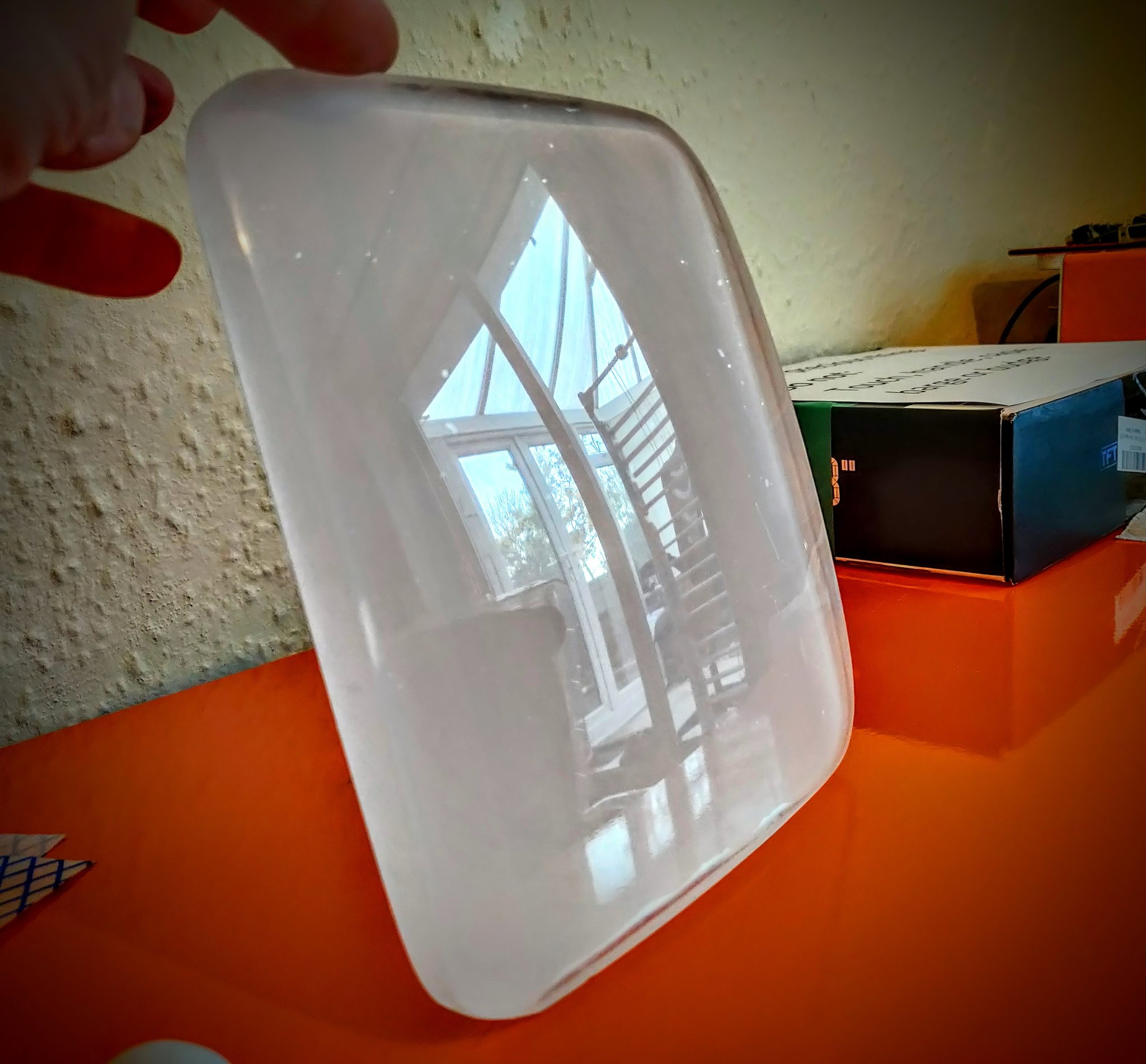Raspberry Pi Powers Retro TV Gaming Console
Many developers grew up with a "retro" console and many of these machines now rather well on our favorite pocket-sized Linux machine, Raspberry Pi. No one seems to know emulation hardware better than JamHamster who has created a number of Pi-based retro gaming rigs and today we’re sharing yet another impressive homemade console system—this one housed inside of an old CRT TV.
We’ve previously covered a handful of JamHamster’s Raspberry Pi-powered all-in-one gaming console creations and are always impressed at the level of professional detail put into their construction. This Raspberry Pi arcade is housed inside of a handmade metal frame with beautiful curves and striking orange accents while this Raspberry Pi console is mounted inside of a metal arcade joystick.
In addition to creating housing from scratch, JamHamster likes to repurpose old hardware. Such is the case with this latest development that’s using an old Realistic brand Portavision 7. The old TV has been completely gutted to make way for the Raspberry Pi and additional hardware necessary for the gaming rig.



The Portavision 7 was lightened using Retrobright and disassembled to install the new electronics which mount to a custom metal frame with a sleek, curvy design. The Raspberry Pi in this project is connected to an RGBerry HAT which adds both SCART or RGBS output support for emulating games with a real CRT TV.
You don’t need any external peripherals to use this console as it features both built-in speakers and an 8-inch IPS screen to replace the original. The new IPS is secured behind a thick curved lens that JamHamster filed from a solid piece of acrylic, a process he took the time to detail on his blog for those interested. JamHamster even went as far as creating a custom ribbon cable using wire and glue.
Because this project is built around a Raspberry Pi, users have a lot of options when it comes to software. Of course, it would work with something like RetroPie or Lakka as these images are optimized specifically for retro gaming but, because of its design, it could easily double as a personal PC using Raspberry Pi OS. On the rear, users have access to HDMI, SD Card, and USB ports which make it easy to connect a keyboard, mouse, and other peripherals.
If you want to create a Raspberry Pi project like this at home or just admire the design process in greater detail, your best bet is to explore the trail left over at Twitter by JamHamster for an up-close look at its creation. Be sure to follow JamHamster for more beautiful microelectronics projects and any future updates on this one.
Get Tom's Hardware's best news and in-depth reviews, straight to your inbox.

Ash Hill is a contributing writer for Tom's Hardware with a wealth of experience in the hobby electronics, 3D printing and PCs. She manages the Pi projects of the month and much of our daily Raspberry Pi reporting while also finding the best coupons and deals on all tech.